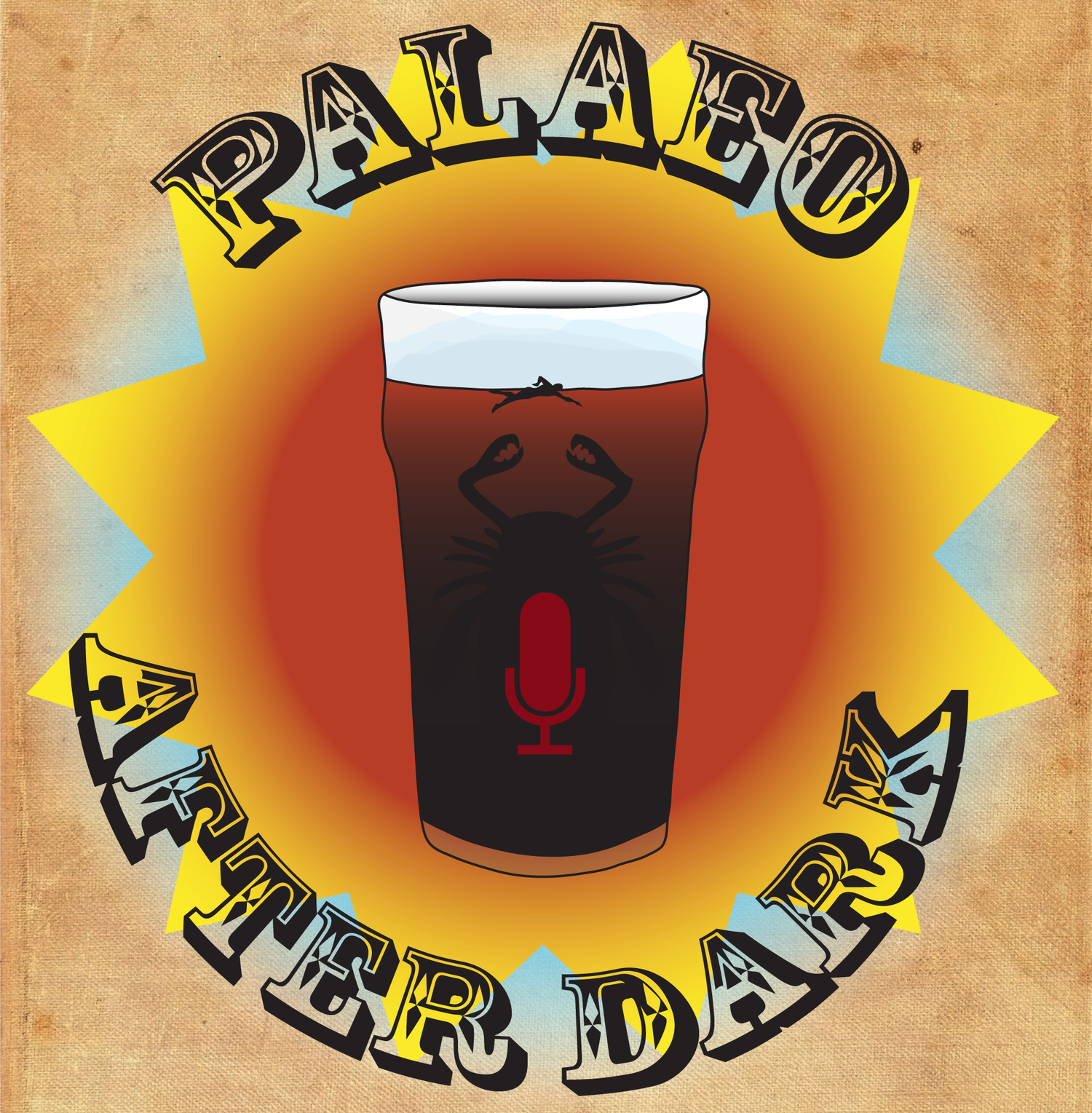Podcast 64 - Walk Before You Crawl; Convergence in Dinosaur Gait
/The gang discusses two papers about the evolution of quadrupedal lifestyle in ornithischian dinosaurs. Also, James discusses the joys of being a squid, Curt details the ideal political tag-team match, and Amanda dreams of HD belts.
"Up goer five" text summary
The group talks about big angry animals without hair - again. This time they look at two studies that look at how one group of big angry animals with no hair went from walking on two feet to walking on four. Three different bands of friends in the group have gone back to walking on four feet by themselves. The first paper looks at figuring out the soft parts to work out how they walked and finds that each of these three types of big angry animals without hair walk in different ways, even though they all walk on four feet. The second paper looks at why these three types of animal have gone back to walking on four feet by seeing where they got big and whether it would make them fall forwards or back. This was studied by sticking heavy bits of animals with stuff on them onto animals which did not have stuff on them to see whether it made them fall over. The study shows that the different animal groups went onto four feet for different reasons, and this may explain why the different groups walking on four feet walk in different ways.
References
Maidment, Susannah CR, and Paul M. Barrett. "Does morphological convergence imply functional similarity? A test using the evolution of quadrupedalism in ornithischian dinosaurs." Proceedings of the Royal Society of London B: Biological Sciences 279.1743 (2012): 3765-3771.
Maidment, Susannah CR, Donald M. Henderson, and Paul M. Barrett. "What drove reversions to quadrupedality in ornithischian dinosaurs? Testing hypotheses using centre of mass modelling." Naturwissenschaften 101.11 (2014): 989-1001.

















